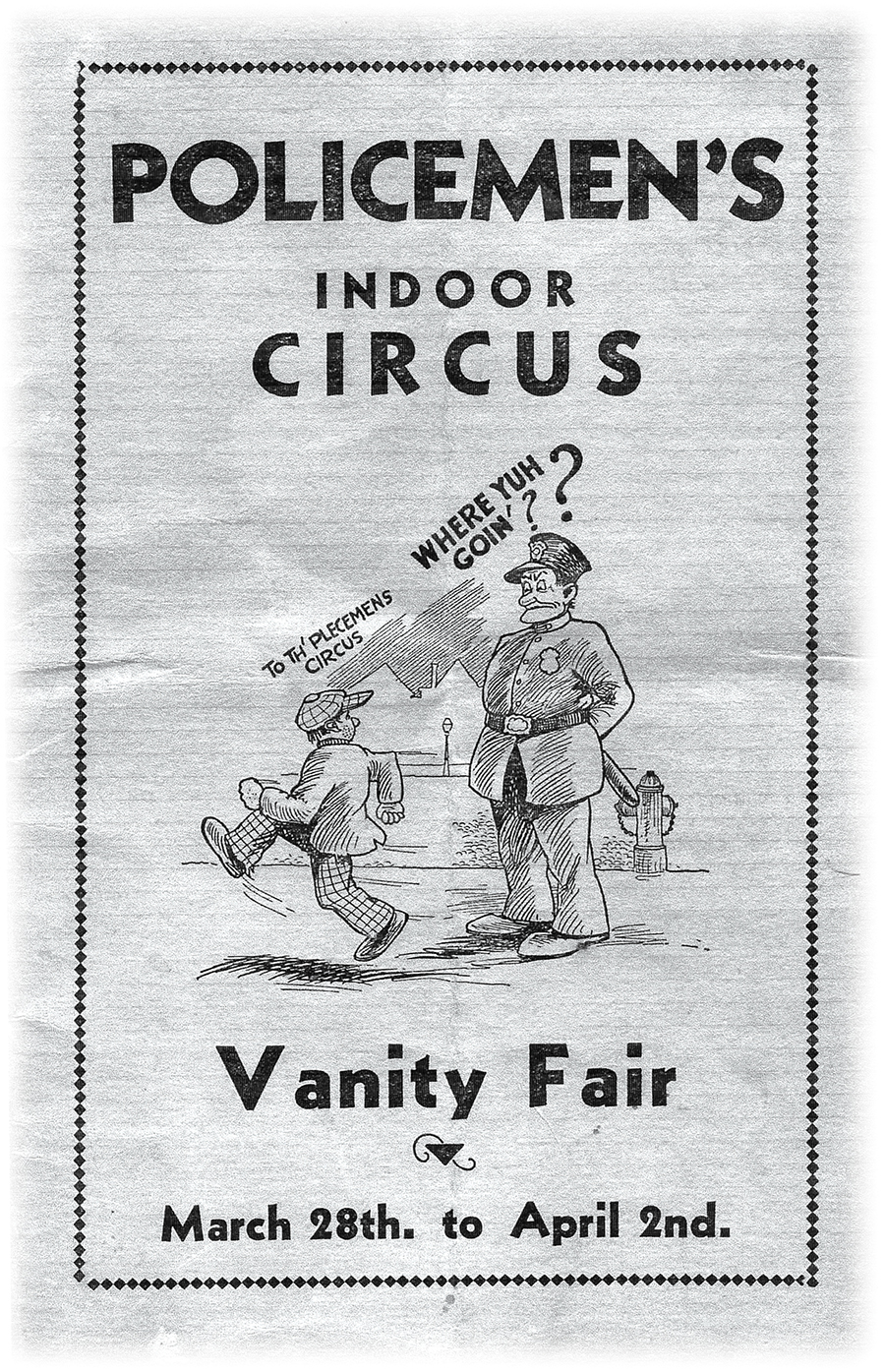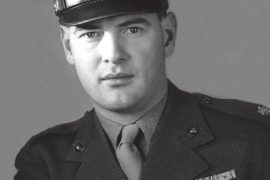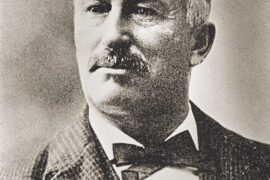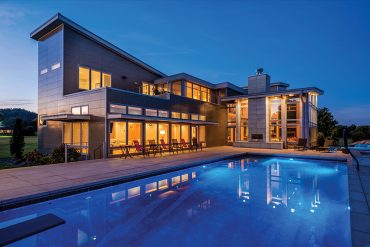Built in 1915, the Vanity Fair building has seen some of the most exciting moments in Huntington’s history.
By James E. Casto
HQ 69 | WINTER/SPRING 2010
Huntington’s venerable Vanity Fair building has gone through more lives than a cat. Built in 1915, Vanity Fair was for many years the only arena in town. Over the decades, it would be the scene of countless concerts, carnivals, trade shows, sporting events and other activities.
Heavyweight boxing champ Jack Dempsey fought there, and the annual Golden Gloves amateur boxing tourneys always attracted big crowds. In the 1930s and 1940s, many of the big bands played there. During World War II, young men from throughout the region were bused there for their draft physicals. Until the opening of Veterans Memorial Field House in 1950, it was the home court for Marshall College basketball.
After the war, it hosted a wide range of activities, including country music shows, professional wrestling matches and skating nights. In the 1950s, it became the first studio for Channel 13 television. Today, the old building in the 600 block of Fourth Avenue houses 53 efficiency apartments for low-income residents.
Betty Barrett, founder and president of the Cabell-Huntington Coalition for the Homeless, said she feels certain that if Vanity Fair hadn’t been converted to low-income housing it would have been demolished and the site turned into a parking lot.
A brief article on the front page of The Huntington Advertiser dated March 13, 1915, reported that builder George Watts was ready to begin construction on the new Vanity Fair “exposition hall,” a brick and steel structure. “When completed,” the news story predicted, the new building “will be one of the finest structures of its kind in America.”

Beginning in 1916, the building was home to the Fall Festival, an annual trade show sponsored by the Huntington Chamber of Commerce. An early photograph shows the chamber name carved in large letters above the building’s main entrance.
The building burned in 1924 and was rebuilt the following year as the “Vanity Fair Ball Room.” An advertisement in the Huntington Herald-Dispatch on Oct. 4, 1925, billed the new facility as “the Largest and Finest Ball Room in the Ohio Valley” and “a Place of Refinement.” A prominent feature of the rebuilding was the installation of a large lighted bandstand at the south end of the arena.
In the late 1920s and early 1930s, dance marathons became a popular fad across America. The marathons were human endurance contests in which couples – generally a mix of local hopefuls and touring professionals – danced almost nonstop for hundreds of hours, competing for prize money. Participants were allowed to rest for 15 minutes each hour, but they had to spend the rest of the time moving around the dance floor, around the clock.
In 1933, Vanity Fair was the scene of a dance marathon that became the talk of the town. It dragged on for weeks, drawing standing-room-only crowds of spectators. Finally, after an incredible 91 days and nights, the contest ended. By that time, of course, the participants were no longer dancing but doing little more than staggering around the floor, doing their best to stay on their feet. With the competition finally over, the winning couple was crowned and each of the two awarded $1,000 cash – a considerable sum in those Depression-era days.
On March 16, 1932, former heavyweight champ Jack Dempsey appeared at Vanity Fair, fighting two exhibition bouts with local boxers. Dempsey stretched one of the two challengers out on the canvass in the first round. The second managed to go the distance but took a real shellacking at Dempsey’s hands.
Glen Miller and his band played there. So did Louis Armstrong, Duke Ellington, Woody Herman and just about every big band great you could think of. Rosemary Clooney sang there. So did Doris Day and the original Ink Spots.
In December of 1940, station WCMI moved into Vanity Fair and gave it a new name – Radio Center.
The station modernized the old place, refinished the combination dance floor/basketball court and installed permanent stadium-sized seats in the balcony, which formerly had been furnished with portable tables and chairs. Outside, the station erected a 40-foot marquee across the front of the building and topped it with a huge neon sign displaying the WCMI call letters. A photo dating from the late 1940s shows the marquee advertising wrestling every Wednesday and skating on Friday, Saturday and Sunday. A banner hanging from the marquee promotes a coming concert by Lionel Hampton.

In 1955, WHTN-TV, Channel 13, went on the air, with its studio located in Radio Center. The station, which later changed its call letters to WOWK, would remain there until 1984, when it moved to a new home at 555 5th Ave.
Sharing space in the old building with the TV station was Martin’s Restaurant, a popular eatery operated by Johnny Martin.
When WOWK moved out, the building sat vacant for about six years before the Coalition for the Homeless took it over and converted it into apartments. “The fire marshal required us to remove the building’s rear wall, where the band stand was,” Barrett said. The result was a big three-sided open-air courtyard with two rows of apartments, the upper units occupying the building’s old balcony.
In addition to the apartments, the building also is home to Harmony House, which offers a variety of services to homeless individuals. These include medical/dental care, mental health and substance abuse therapy, employment programs, transportation and such basic needs as laundry, clothing, telephone and mail services.
“Every time I mention Vanity Fair, it triggers memories in people,” said Barrett. “I think it’s wonderful that a building so many people remember and care about is offering services to people who need help.”





